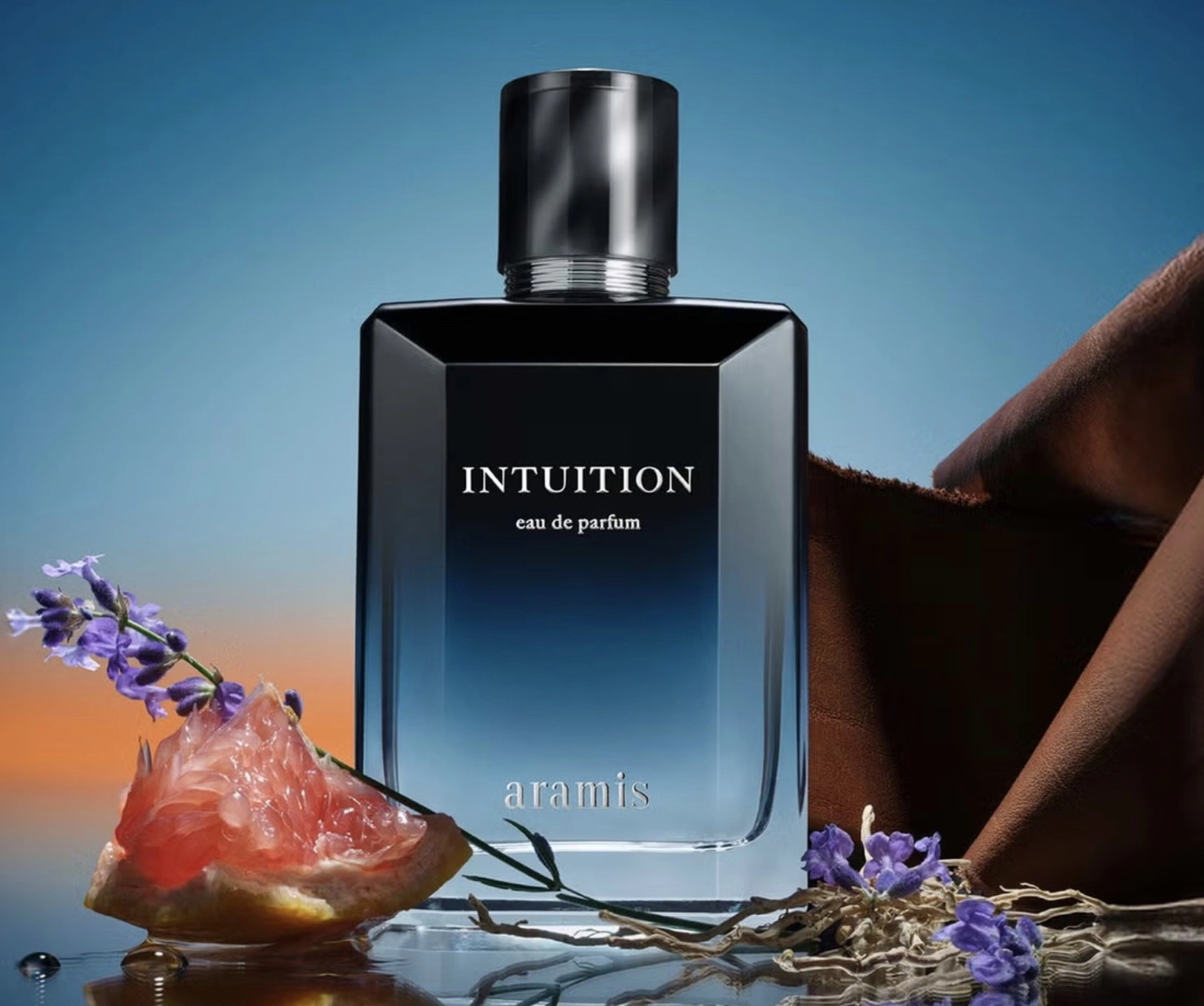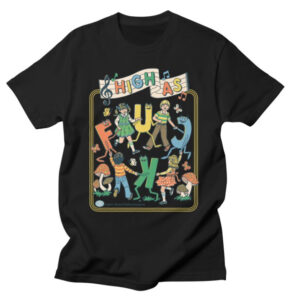In an industry that often encourages artists to remain predictable, Halsey has continually defied expectations. By experimenting with various genres throughout her career, she has managed to double her total number of chart hits, a testament to her adaptability and wide-reaching appeal. This recent achievement isn’t just about numbers; it’s a statement on how genre fluidity can redefine an artist’s relationship with their audience and the industry. But what does this mean for Halsey’s legacy and the broader music landscape? Let’s explore how her genre shifts contribute to this remarkable feat and what it signifies for modern music.
Halsey’s chart success and genre transformation reflect a broader trend where modern pop stars avoid fitting into one box. Over the years, she has seamlessly moved between pop, alternative, rock, and electronic influences, each shift adding layers to her artistry. Beginning with her dark, synth-laden pop sound in “Badlands” to the rock-infused “If I Can’t Have Love, I Want Power”, Halsey’s genre flexibility resonates with an increasingly diverse listener base.
The music industry’s past pigeonholed artists into single genres, yet Halsey’s genre shifts have proven that fans appreciate and reward versatility. This approach also connects her to the likes of David Bowie and Madonna, who used genre transformations to keep their music fresh and relevant. Halsey’s success shows that today’s audience craves authenticity over consistency, and her fluidity between genres caters to that demand.
Behind Halsey’s genre-shifting are her carefully chosen collaborations, which have amplified her credibility across musical landscapes. A key turning point came with “If I Can’t Have Love, I Want Power”, where she teamed up with Nine Inch Nails’ Trent Reznor and Atticus Ross. This collaboration brought a distinct, gritty quality to her music, introducing her to a rock audience that may not have followed her previous releases.
These connects not only expand her creative voice but also showcase her ability to fit into multiple musical worlds. Working with producers and artists renowned in different genres adds authenticity, giving Halsey the space to explore rock, electronic, and alternative sounds without alienating her core fanbase. This diversity keeps her relevant and accessible to multiple listener demographics, translating directly into chart success.
While genre shifts contribute to Halsey’s broad appeal, it’s her unflinching vulnerability that remains the throughline in her music. Regardless of genre, her songwriting centers around themes of identity, mental health, relationships, and self-discovery. Her raw and confessional style connects with fans on a deeply personal level, allowing her to transcend musical boundaries.
By integrating her personal experiences into her music, Halsey creates songs that feel authentic, whether she’s singing over a pop beat or a rock anthem. For many listeners, this honesty is a welcome departure from the polished, sometimes impersonal pop hits dominating the charts. Her openness and willingness to experiment make her a relatable figure, which is likely a driving force behind her recent surge in chart hits.
Halsey’s genre exploration isn’t just about experimentation—it’s also a strategic move to build a lasting career. In an era where fans expect artists to grow and evolve, Halsey’s multi-genre approach keeps her audience curious and engaged. By appealing to pop, rock, alternative, and even electronic audiences, she broadens her fanbase and ensures her relevance in an ever-changing industry.
This approach has its risks, though. Genre shifts can sometimes confuse fans who come to expect a particular sound from their favorite artists. Yet, Halsey’s case shows that when an artist is transparent and passionate about their evolution, fans are more willing to embrace change. Her ability to stay authentic, regardless of genre, builds a foundation for a loyal fanbase that appreciates her for her artistry rather than a single sound.
Halsey’s genre-bending approach also provides insight into the changing relationship between artists and genre in the digital age. Today’s listeners have access to an endless variety of music, which has naturally blurred genre lines. In this environment, artists like Halsey, who are willing to adapt and explore, are redefining what it means to be a pop star. She’s not alone in this journey—fellow artists like Lil Nas X, Doja Cat, and Miley Cyrus are also challenging traditional genre boundaries.
As the music landscape continues to evolve, Halsey’s path offers a blueprint for emerging artists: that authenticity and adaptability are key to longevity. Her success shows that in an industry once divided by genre, versatility is now one of the strongest assets an artist can have.
Doubling her chart hits as she explores new genres isn’t just a personal triumph for Halsey; it’s a powerful indication of her impact on pop music’s future. By staying true to her artistic vision and embracing the unpredictability of genre fluidity, she has built a career that’s both resilient and relevant. Her journey underscores a shift in the music industry, where artists are no longer defined by genre labels but by the depth and honesty of their work.
Halsey’s success reminds us that great music transcends categories. Her willingness to evolve not only solidifies her status as a genre-defying artist but also sets a standard for future generations, proving that staying true to one’s creative spirit is the ultimate chart-topping formula. As we look ahead, it’s clear that Halsey’s journey has only just begun, and her influence will likely continue to shape the music industry for years to come.
No comments yet.








